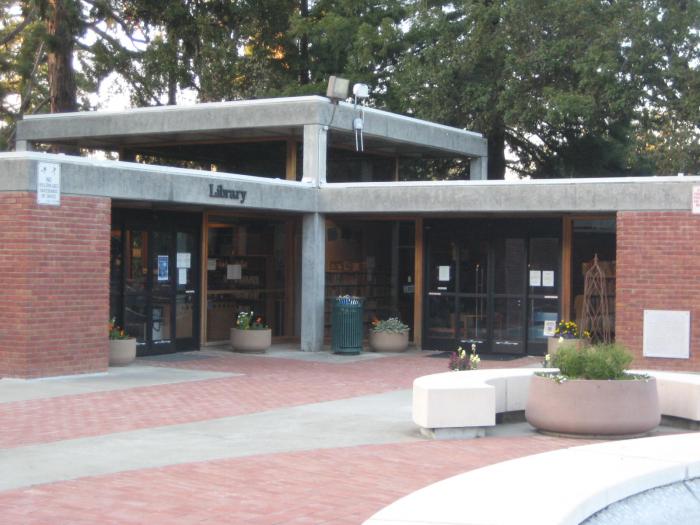Mar 23 2017 - Sep 10 2017
Los Gatos, CA
Artists have studied the human figure throughout the ages. One regional expression of this practice is Bay Area Figurative, an art movement that emerged from California mid-20th century abstraction and continues as an enduring tradition. This group exhibition investigates the genesis of the Bay Area Figurative movement and features several generations of artists, including contemporary artists working locally and internationally.
The exhibition includes selections from private collections, galleries, the Richard Diebenkorn Foundation, and the Oliveira Administrative Trust. Featured paintings, drawings and sculpture include works by: Michael Azgour, Joan Brown, Suhas Bhujbal, Linda Christensen, Richard Diebenkorn, Dennis Hare, Mitchell Johnson, Brigitte McReynolds, Nathan Oliveira, Joan Savo, Jennifer Pochinski, William Rushton, Terry St. John and James Weeks. Interactive activities that allow visitors to create their own figures will also be presented in the exhibition gallery.
“In the spirit of NUMU’s mission to tell stories of the Bay Area that reach the greater community and beyond in scope, innovation and interest, this exhibition highlights an important art movement that helped distinguish our region.” Says art curator, Marianne McGrath. “The locally connected and globally relevant artists in the exhibition have made significant contributions to art history and contemporary art.”
Credit: Exhibition overview from museum website

During the 1950s a few painters in the San Francisco Bay Area began to stage personal, dramatic defections from the prevailing style of Abstract Expressionism, creating what would come to be known as Bay Area Figurative Art. In 1949 David Park destroyed many of his nonobjective canvases and began a new style of consciously naive figuration. Soon Elmer Bischoff and Richard Diebenkorn joined Park and other painters such as Nathan Oliveira, Theophilus Brown, James Weeks, and Paul Wonner in the move away from abstraction and toward figurative subject matter. When artists such as Bruce McGaw, Manuel Neri, and Joan Brown emerged as a second generation of figurative artists, the momentum grew for a powerful new development in American painting.
Click Bay Area Figurative Art: 1950-1965 to place this book in your Amazon shopping cart.
Exhibition Venues & Dates
Mar 23 2017 - Sep 10 2017
Los Gatos, CA
